Ricky Neave Murder: How a Mother, After Serving in Prison, Found the Real Criminal 28 Years Later
Some crimes can be solved right away, while others require long and painstaking work by investigators and experts. And there is a special category of cases that remain unsolved for years and even decades. Surprisingly, in such cases, the truth is often found not by the police, but by ordinary people who are not connected with law enforcement agencies. This is exactly what happened with the mysterious murder of 6-year-old British Ricky Neave. His mother was able to find the real criminal only 28 years later, having served time in prison before that.
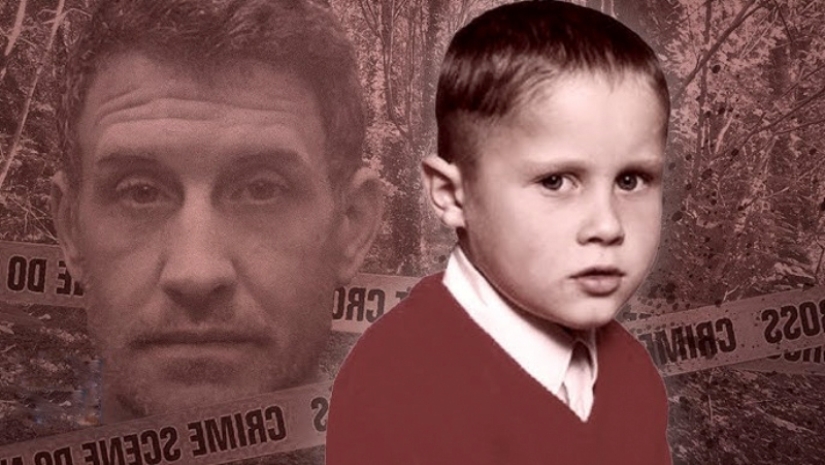
On November 28, 1994, in the small town of Peterborough, UK, an event occurred that would change the life of the Neave family forever. Six-year-old Rikki Neave, as usual, left home to go to school, but never made it there. The boy always got to classes on his own - no one saw him off, despite the fact that the path ran through a busy highway.

When Ricky didn't return home on time - around 2pm - his mother, Ruth Neave, became concerned. She went around to her son's neighbors and friends who lived nearby, but found out that he had not shown up for school that day. It wasn't until 6pm that Ruth contacted the police, explaining the delay by the fact that she had initially tried to find her son herself.
The constable inspected the flat: the rooms were in a bit of disarray, there were chips on the sofa and Ricky's younger sisters were playing in their room. There were children's drawings and photographs on the walls and lots of toys in the rooms. The police did not ignore Ruth's statement, although they noticed that she was under the influence of drugs. Almost all the local police officers and local residents were involved in the search for the child. The search continued all night, but it was not until late the next morning that Ricky's body was found.
The boy's body was found in the bushes in the forest, just a few dozen meters from his home. The child was completely naked and lying in an unusual pose: his arms and legs were spread apart, symmetrically, reminiscent of Leonardo da Vinci's famous drawing "Vitruvian Man". The boy was strangled and left at the crime scene, without even trying to hide it. It is strange that the body was not discovered earlier, in the first hours of the search. The police assumed that Ricky was killed immediately after leaving the house or, perhaps, right in the house. Later, detectives admitted that the body could have been moved to the forest after the murder.
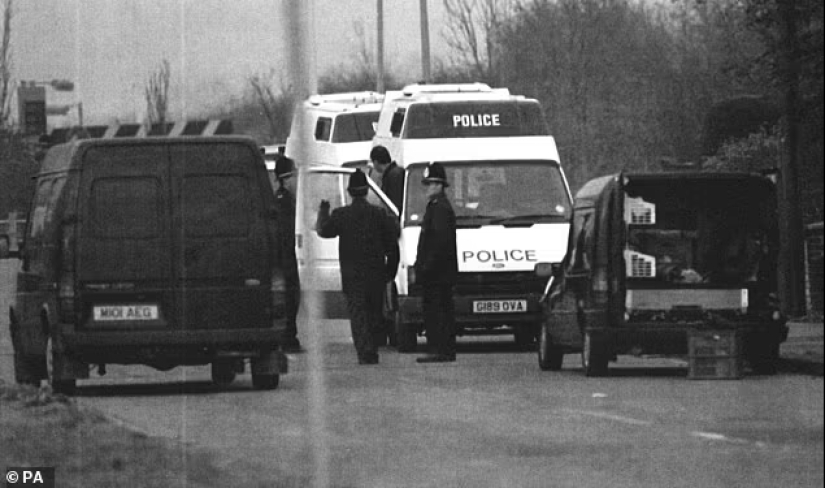
Later, the police found the boy's clothes in a trash can. The body was perfectly clean, probably washed by someone trying to hide the evidence. Having put all the facts together, the police immediately found their first suspect. It turned out to be the boy's mother, Ruth Neave. A survey of neighbors showed that the deceased child's family was dysfunctional and was registered with the guardianship authorities. The mother of the family abused alcohol and sometimes used drugs. Witnesses noted that she was negligent in raising Ricky and his sisters.
To better understand the situation, it is worth telling about the childhood and youth of Ruth Neave herself. Her parents committed suicide when she was only two years old. She was brought up in an orphanage, where, according to her, the caregivers treated the orphans cruelly, and the older children forced the younger ones to engage in prostitution. At 17, she gave birth to a daughter, Rebecca, from a man named Trevor Harvey. He insulted and beat her, refusing to help with the child. As a result, the daughter was given to a foster family. Later, from the same man, she had a son, Ricky. From Dean Neave, she gave birth to two more daughters - Rochelle and Sheradin. Some time later, she was left a single mother, since her second husband went to prison for theft.
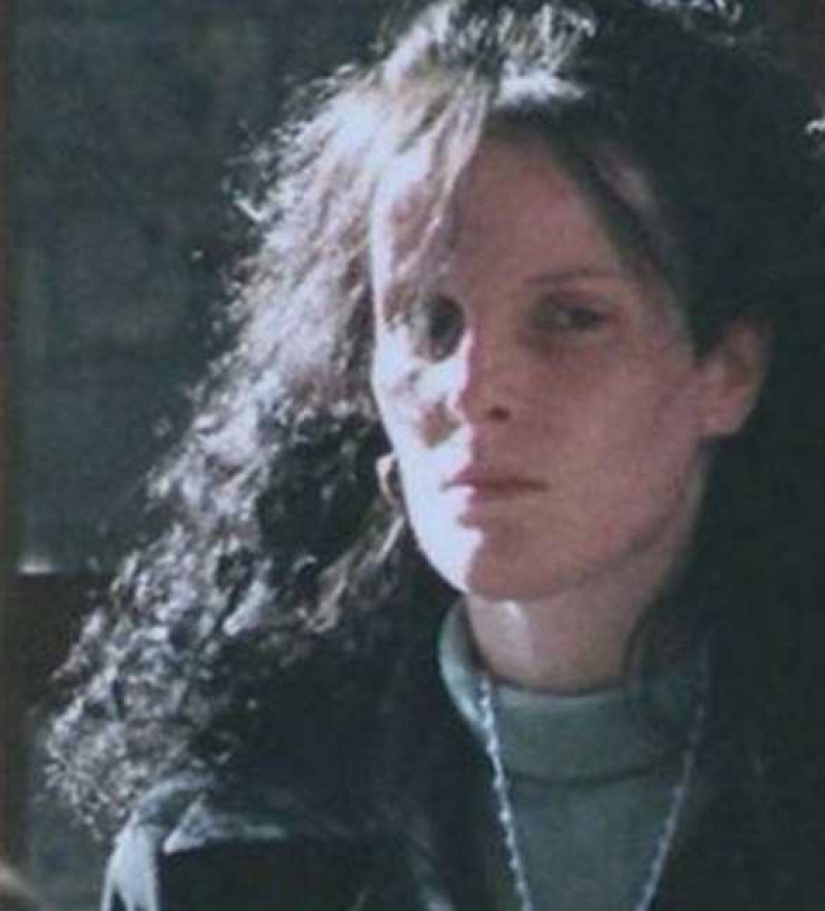
When the investigation began, the sisters told police that their mother neglected them completely. The children often went hungry. Their brother stole food for them from stores, bathed them, and comforted them when they cried. Ricky's younger sister also told police that their mother constantly yelled at them and was often physically abusive. These statements were enough to make Ruth Neave the prime suspect.
Soon after, Ruth suddenly left the house with the children, disappearing in an unknown direction. This only increased suspicions against her. Shortly before her departure, a journalist from a local television company recorded an interview with her:
The public reaction to these words was extremely negative - almost no one believed the mother. The investigation was literally inundated with calls demanding that Ruth be held accountable. Her bad reputation played a key role.
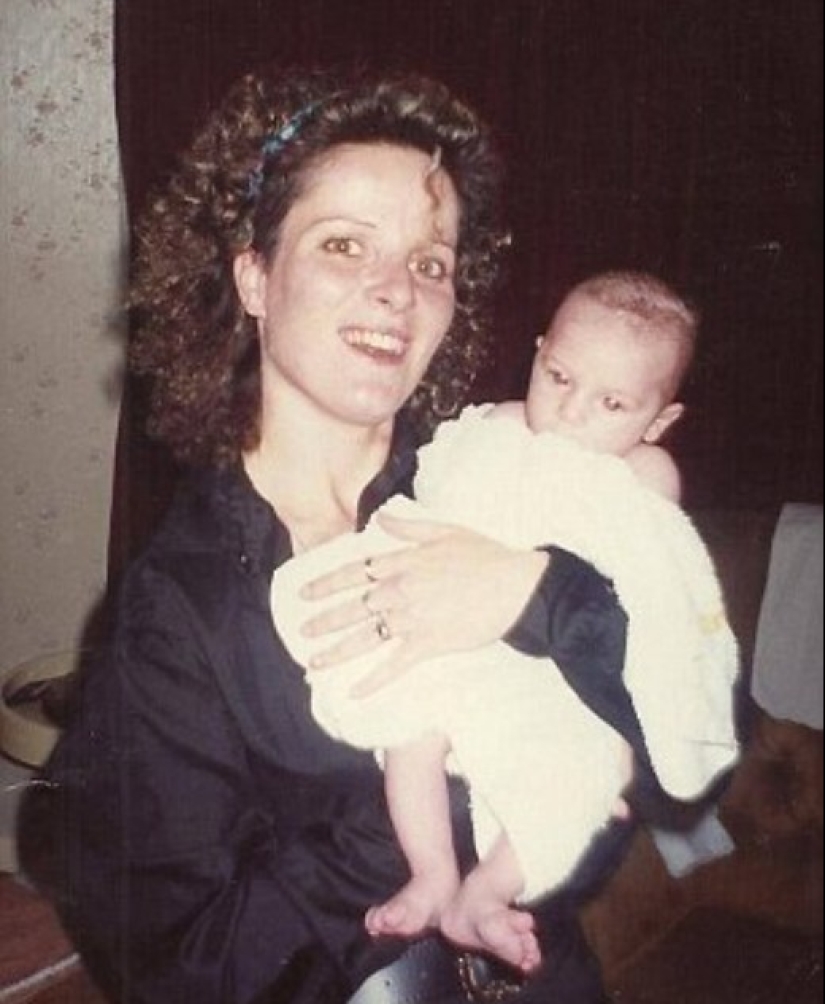
On January 19, 1995, Ruth was arrested on suspicion of murdering her son. The previous day, during a search of her home, evidence was found that, according to investigators, pointed to the mother's involvement in Ricky's death. Numerous books were found in the house, including works on the occult, witchcraft, and spiritualism. In addition, the police found a manuscript - it turned out that Ruth was writing a detective novel. Its plot was built around a young girl who went into the woods and was killed by an unknown person.
In October 1996, Ruth's trial began, quickly turning into a real trial. The prosecution, relying on circumstantial evidence, claimed that her mother had committed a ritual murder. One of the main pieces of evidence against her was a drawing by da Vinci, "The Vitruvian Man," found in the house. The lawyer advised her to confess to the crime, but Ruth firmly refused. Throughout the trial, the defendant cried, begging the court to acquit her.

On October 30, 1996, a jury acquitted Ruth Neave of murder but found her guilty of neglect of parental responsibility. She was sentenced to seven years in prison. Following the verdict, county police indicated they had no plans to pursue the murder investigation further. The murder of the six-year-old boy was shelved.
While Ruth was serving her sentence, her husband and the father of her younger daughters died in a car crash. The girls were placed in a foster home, where they were constantly told that their mother was a murderer. Because of this, they refused to go on visits and did not communicate with their mother for the entire seven years of their sentence. Ruth was in a maximum security prison, where her cellmates were serial killers Myra Hindley and Rose West - two of three women sentenced to life imprisonment in the UK.
After her release, Ruth said that Myra had once passed her and told her, “You’re not a child killer,” and advised her to fight for justice. That’s what Ruth did when she was released early for good behavior in 2000. But at first, she had to deal with bullying and outright threats. Peterborough, her hometown, was small, and everyone there openly hated her for killing her son. The local media didn’t leave her alone either, continuing their attacks.

Ruth couldn’t find a job – she was turned down even for the lowest-paying positions. She later told reporters that she was afraid to even leave the house for groceries: she saw hatred and heard threats everywhere. The only person who believed in her innocence was Ruth’s new boyfriend, Gary Rogers.
Gary was always by Ruth's side and supported her in the difficult task of restoring justice. It can be said that he completely changed her fate. The woman had not used drugs for a long time (since her imprisonment) and led a normal life. In 2008, Ruth found the strength to begin her own investigation with Gary's active support. According to the law, she had the right to familiarize herself with the investigation materials on her case. Thirteen boxes contained more than a thousand folders: interrogation reports, photographs from the crime scene and Ruth's previous place of residence, where the search was conducted.

During the investigation it was found that in the mid-1990s several cases of sexual abuse of younger children by high school students were recorded in the area, but they tried to keep these cases under wraps. According to private investigators, the crime was sexual in nature, and the very fact of finding a naked body indicated this. It was possible to find out that there were at least six cases of sexual assault on children, there were witness statements, some of them were recorded on camera.
In November 2014, Ruth, her husband and John Alfrey released the first findings of their private investigation to the public. The gist of the statement was that the investigation team knew of similar crimes but had failed to make any attempt to connect them.
While sorting through the interrogation records of hundreds of Peterborough residents, the couple found a statement from one woman. She saw Ricky with a neighbor boy, James Watson, on the morning of November 28, 1994. He was 13 at the time, but despite the big age difference, Ricky considered him a friend. Ruth and Gary thought this was a serious lead. They demanded that Ricky’s belongings be re-examined.

In June 2015, Ruth and her husband received permission from the authorities to reopen the criminal case. Detective Paul Furley took over the investigation. Television coverage of the Ricky Neave case began again.
In the time since the murder, forensic science has made significant progress. The boy's clothes, found in a dumpster, were examined for traces of DNA from an outsider. Small pieces of adhesive tape were found on the clothes, and the unknown person's DNA was found on them. After checking the sample against a database, investigators came across James Watson.
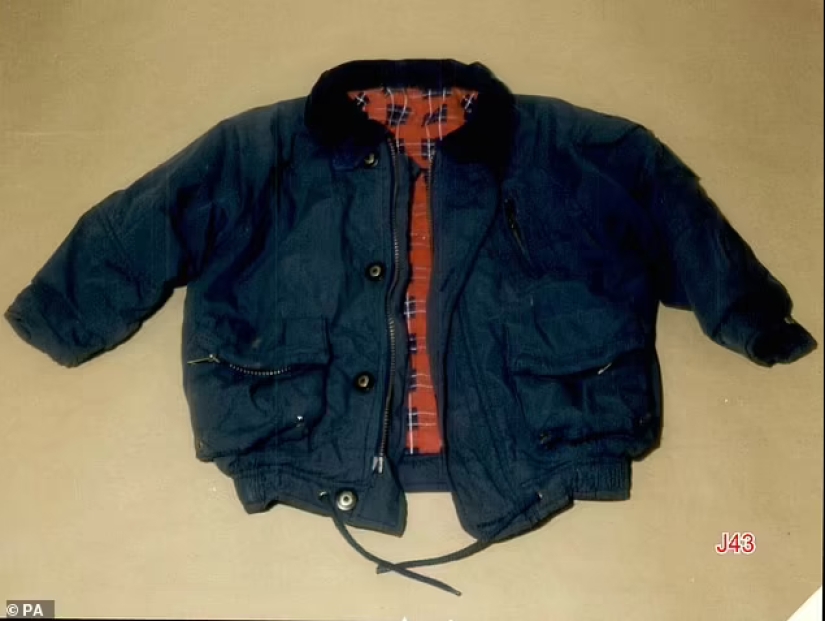
Watson was arrested at his mother's home on 19 April 2016. He was born on 1 April 1981 and was being looked after at Woodgate Children's Home, about 20 miles east of Peterborough, at the time of Ricky's disappearance. People who knew him at the time described him as a troubled boy. Among the allegations against him was inappropriate touching of a five-year-old boy. He also had a morbid interest in child murder.
Watson insisted on his innocence. According to him, on the ill-fated morning he had lifted Ricky so that he could look over the fence at the construction site. That is why his DNA was found on the child’s clothes. James was so convincing that they believed him. But later it turned out that he was lying – there was no fence near the construction site in 1994.
James' lawyers managed to secure his release on bail, but he fled the country the same day. In the summer of 2016, Watson posted his photos on Facebook with a geolocation - the suspect was in Portugal. At the request of the British police, he was arrested on August 2 in Lisbon and extradited to Britain. In November 2016, he was charged with murder.

The British police began working with Watson again and found out that his criminal past was quite eventful. The suspect had a conviction for setting fire to a police station in 2008 and 17 other conflicts with the law. James was detained for indecent acts, theft, illegal possession of weapons, fights and much more.
The criminal did not confess to the murder, but still told investigators something. Watson admitted that a year before the murder he molested 5-year-old Ricky. Three days before the murder, he told his mother that he heard on the radio that a child had been strangled somewhere in the woods, although this had not happened. And after Ricky's body was found, he began collecting newspaper clippings with articles about the investigation. Over the years, James has amassed an impressive archive. His ex-girlfriend also said that he almost strangled her several times during intercourse, and also killed a bird in the woods in front of her. The caregivers at the orphanage where James lived as a teenager recalled that he kept a dead pheasant in his room in the same "Vitruvian Man" pose and masturbated over a children's clothing catalog.
The investigation lasted 11 weeks, but the killer never confessed. This did not stop the case from going to court. The prosecution said Watson attacked the boy, strangled him with a jacket and arranged the body in the shape of a star, which raised suspicions about the ritual nature of the murder. In April 2022, the court found Watson guilty. Watson, 41, was sentenced as if he were a teenager: he was given a life sentence with the possibility of a review of the sentence after 15 years.
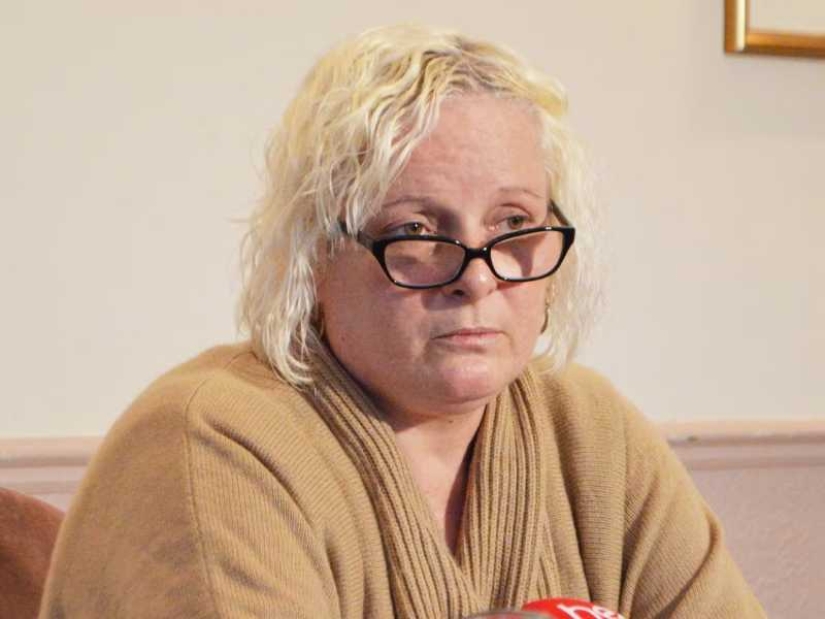
It was a moment of triumph for Ruth Neave and Gary Rogers. Twenty-eight years after the murder, justice had finally been done and the killer had been brought to justice. In an interview with the press, Ruth admitted that James Watson had taken more than just her son’s life. According to her, he had ruined her own life: because of him, she spent seven years in prison and her children had turned their backs on her.
Ruth had not seen her daughters for over 26 years, and even after Watson's exposure, the relationship could not be restored.
Ricky Neave's story is not only a tragedy, but also an example of the incredible willpower with which the boy's mother sought justice. What do you think should change in the justice system so that such mistakes are not repeated? Share your thoughts - perhaps they will be the beginning of important changes.
Recent articles

Most of us think that the color of the eggshell does not play any role and it is possible not to pay attention. But it's not and ...

The more we rely on technology, the more potential power hackers gain over us. It doesn't matter if their goal is to help or cause ...

Creating a good portrait is one of the most difficult tasks for any photographer. In order to make a really natural and memorable ...